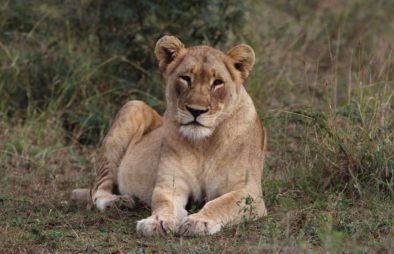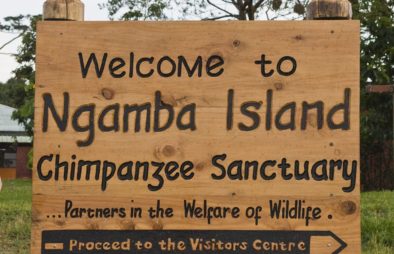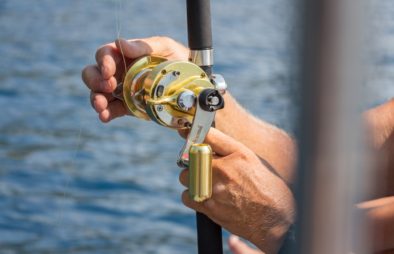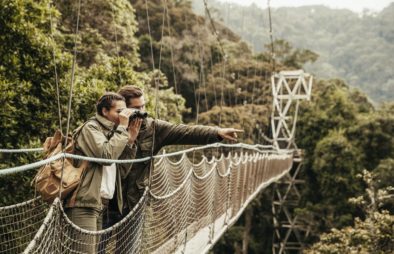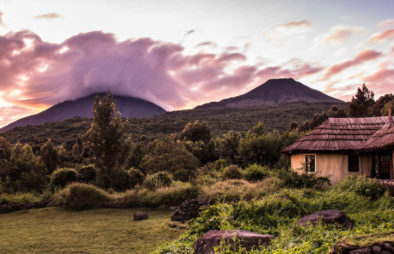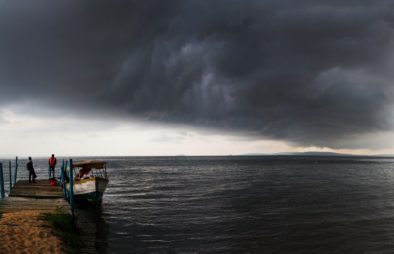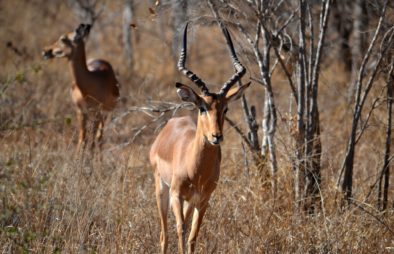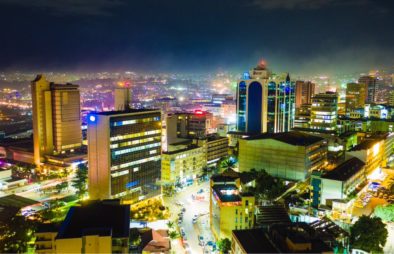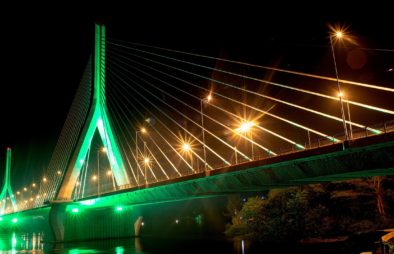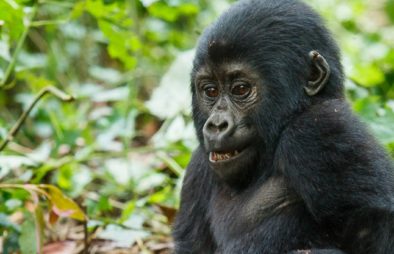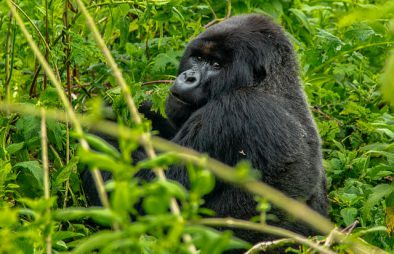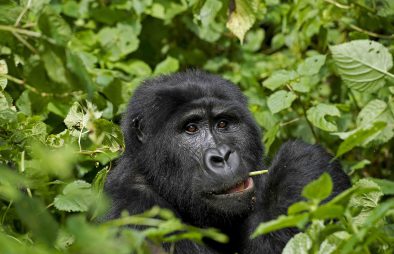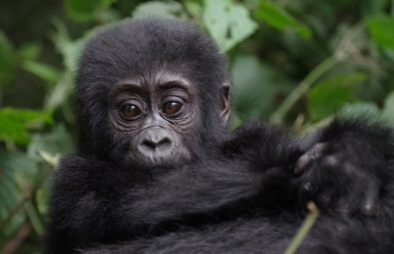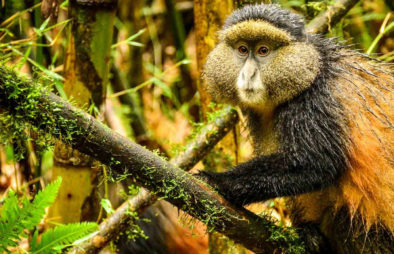Best Time to See Mountain Gorillas in Africa
The climate, as well as experience gained at the end of this exercise, are important factors to consider. Optimum time to visit the three African countries for a gorilla trekking safari is during the dry season, which runs from June to September and December to February. The rainy months of March through May and October are ideal for people looking for greenery and a range of lodging deals due to low tourist numbers. Rains tend to shower for a few hours and then shine later, even in the dry season.
Gorilla trekking is once-in-a-lifetime safari adventure that should be taken advantage of whenever the opportunity arises. The apes are exclusively found on the African continent, and can only be tracked in Uganda, Democratic Republic of Congo and Rwanda. The trekking activity is available all year, in morning hours after the pre-tour briefing. However, because it is done in the jungles and on foot, precision is essential. The hiking locations are extremely safe, with cool temperatures, assured safety and security and world class hotels.
Gorillas reside in these parks all year round, feeding on vegetation like roots, fruits, bamboo shoots, and leaves. Visitors have 98% chance of encountering them, by tracking for roughly 2-8 hours, through the lush vegetation, swamps and so much more.
Mountain gorilla trekking destinations in the world.
As much as we understand, gorilla trekking experience comes with a lot of excitement and anxiety, and some rules have been drafted to protect you and the Gorillas from any harm, which the rangers will explain at the start of every trekking exercise.
These rules include; No making noise from the start to the end of the exercise, standing at least 7 meters off the Apes, no littering the park, no creating pathways, no use of flashlights while taking photos, No touching gorillas though they may come next to you, no looking straight into the Apes’ eyes and being brave while in the jungle with these apes.
GORILLA TREKKING DESTINATIONS IN UGANDA.
Bwindi Impenetrable National Park.
Bwindi is the most visited gorilla destination in Uganda and hosts the highest gorilla population of the four parks in East Africa. This park harbors over 16 mountain gorilla families in its four sectors of Ruhija, Buhoma, Nkuringo and Rushaga. The misty jungle of Bwindi is open for visitors all year round, with the trekking exercise commencing very early in the morning to evening hours.
Each sector has amazing accommodation facilities suitable for your stay during the visit.
Mgahinga Gorilla National Park.
Ranked as the smallest national park in Uganda, Mgahinga Gorilla national park is another rewarding trekking option. It is located in the southwestern part of Uganda, with one exciting Gorilla family open for tracking. The misty jungle of Mgahinga is open for trekking all year round, with a much settled gorilla family. A maximum of 8 visitors access the gorilla family per day, thus showing how much it is very comfortable and a great place to visit.
Besides Uganda, other destinations to encounter the gorillas include; Volcanoes National Park in the Republic of Rwanda, Virunga National Park and Kahuzi-Biega National Park in the Democratic Republic of Congo. The rates for tracking mountain gorillas in the two nations are $1500 and $400 per permit respectively.
Cost of gorilla trekking in Uganda.
Uganda gorilla trekking permit costs 700 USD for foreign Non-residents; 600 USD for foreign residents and 250,000 Ugandan shillings for East African residents per person per day, for only those aged 15 years and above, with no illnesses like flue or cough which can endanger vulnerable apes in their habitat.
The trekking fee is non-refundable, except for those with clear reasons such as sudden stoppage on travel due to the Covid-19 pandemic and the likes. It is advisable to book the trekking permit at least six months in advance since the demand is high yet permits are scarce.
Packing list for gorilla trekking.
Your travel bag shouldn’t be filled with non-essential luggage, but rather only those necessary for your safari. These include; a trekking permit (compulsory), Covid-19 test / vaccination certificate, waterproof hiking boots, a professional camera for photos, a binocular to watch distant primates, stockings, a water container to carry water for quenching thirst, a sun hat, waterproof jacket to help in case of abrupt rains, gloves to protect your hands, insect repellants and so much more.

